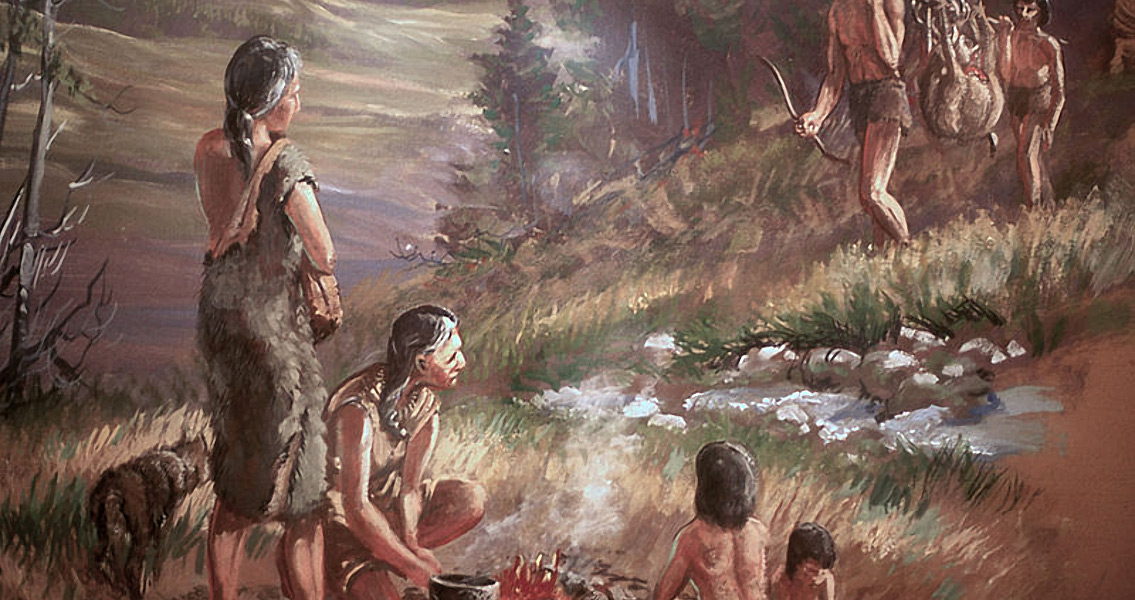<![CDATA[A new study of early humans has challenged one of the main tenets of Darwin’s evolutionary theory, the idea of the survival of the fittest, by suggesting compassion and the ability to accommodate “defective” members of the community actually played a significant role in how humans developed. The study, by anthropologists Isabelle Winder and her father Nick Winder, focused on small and isolated populations of early humans who were forced to mate in ways that had a negative effect on the diversity of the gene pool. In spite of the inherent risks, they managed not only to survive but also to advance by overcoming the challenges represented by defective genes. The authors call their hypothesis the 'Vulnerable Ape' model, in which the central idea is that it wasn’t the individuals with the strongest and healthiest genes that had the best survival chances, but the ones who could survive despite their “weak” genes and even turn them into advantages. Some of these “defective” genes was responsible for hominins having to cope with hair-free skin or with straight feet that made climbing trees much more difficult. What allowed them to cope with these defects was the compassion of other members of the community, and the ability to innovate, the ability to learn new behaviour and the willingness to experiment, the Winders believe. The need for socialisation must also have played a lead part in this, writes Phys.org. Speaking to Phys.org, Isabelle Winder said the theory could have profound implications on how anthropologists interpret DNA data. Currently, she says, molecular biology typically assumes large populations with “diverging hierarchy”. However, evidence suggests early hominin communities tended to be small and sometimes isolated, with few opportunities to enrich the gene pool. So, according to her, lineages of different hominin and non-hominin species sometimes re-converged, which naturally affected their genetic makeup. Nick Winder adds that when those early humans chose to mate with a close genetic relative (or a member of another species) instead of not mating at all, they then had to live with the consequences, which, in the case of inbreeding, was a heightened risk of faulty genes rising to the surface and manifesting themselves, putting the offspring at a disadvantage. As a result, in order to ensure the survival of their genes, the parents (and the community) had to learn to cope with the offspring’s disadvantage, in some cases, as we can see, they even turned it into an advantage. Nick Winder went on to point out that the 'Vulnerable Ape' hypothesis would explain why scientists are so often baffled by new fossil discoveries: the dominant idea of modern evolutionary synthesis fails to take into account possible interbreeding but instead assumes early humans developed by continual genetic divergence. What the two anthropologists suggest instead is an extended synthesis, in which above mentioned factors such as ability and willingness to learn new behaviour were instrumental in overcoming the otherwise adverse effects of defective genes. As Isabelle Winder summarised, "Genetic vulnerability was the trigger that set our ancestors on the path to symbolic language, innovation and pro-social co-operation." For more information: Complexity, Compassion and Self-Organisation: Human Evolution and the Vulnerable Ape Hypothesis ]]>
Compassion Helped Fuel Human Evolution
